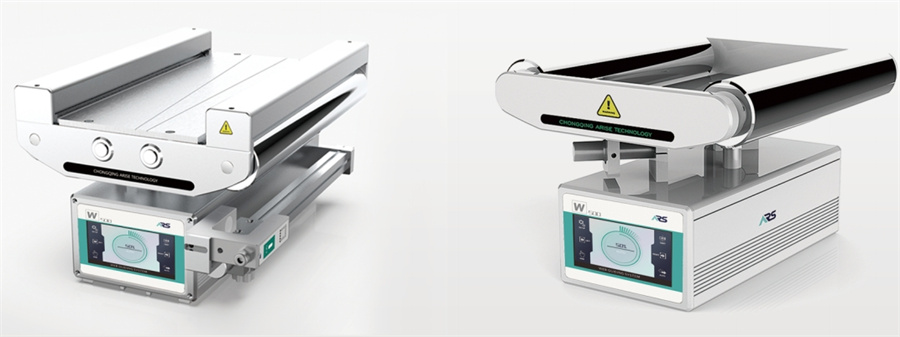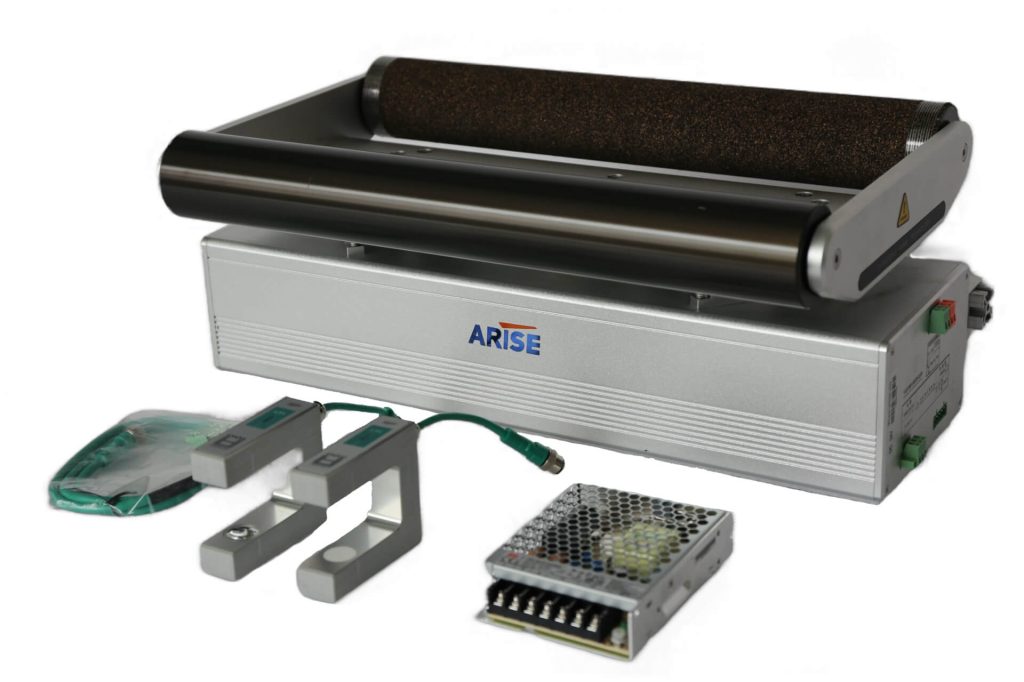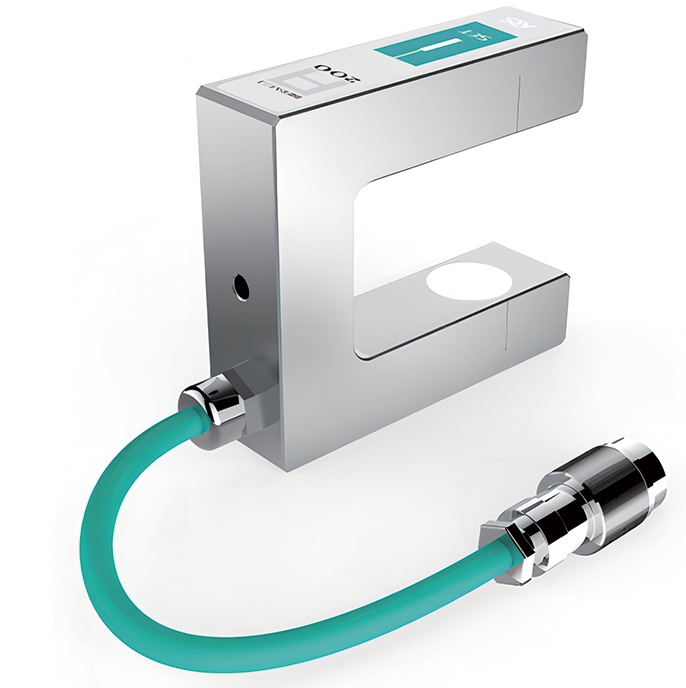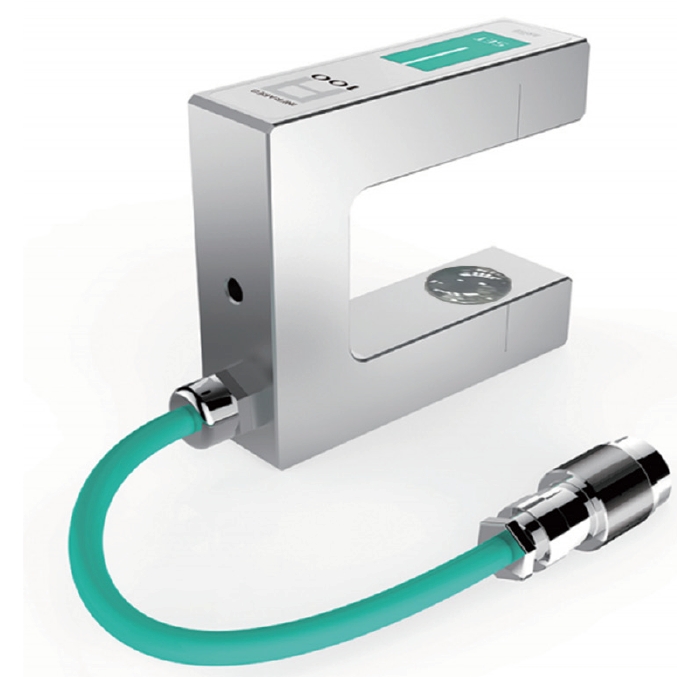How Ultrasonic and Infrared Sensors Enhance Precision in Web Guides
Table of Contents
Web guiding systems are essential for industries like printing, packaging, textiles, and film manufacturing, where precise material alignment is crucial to maintaining product quality and minimizing waste. As production processes continue to evolve, the integration of advanced sensors, particularly ultrasonic and infrared sensors, has significantly improved the accuracy and reliability of these systems. This article examines how ultrasonic and infrared sensors enhance the accuracy and functionality of web guides.

The Importance of Precision in Web Guides
In continuous production processes, web guides ensure that materials like paper, films, or fabrics remain correctly aligned throughout various stages of manufacturing. Misalignment can lead to defects, wasted materials, and operational delays, especially at high speeds. Web guides automatically detect and adjust the position of the material, correcting any deviations from the desired path. To achieve this high level of control, modern web guides rely on advanced sensor technologies to detect the position of the web, and ultrasonic and infrared sensors have become popular choices for this task.

Advantages of Ultrasonic Sensors in Web Guides
Ultrasonic sensors use sound waves to detect the position of the web material. They emit high-frequency sound waves, which bounce back after hitting the material, and the sensor calculates the distance based on the time it takes for the sound to return.
This chart highlights the key advantages of using ultrasonic sensors in web guiding applications, emphasizing their effectiveness, reliability, and versatility.
| Advantage | Description |
| Non-Contact Measurement | Measures distance and position without physical contact, reducing the risk of material damage. |
| Versatile Material Detection | Effectively detects a wide range of materials, including transparent, opaque, and multi-layer webs. |
| High Accuracy | Provides precise distance measurements, ensuring optimal web alignment. |
| Environmental Resistance | Performs well in challenging conditions, such as dust, humidity, and noise. |
| Wide Measurement Range | Capable of measuring over various distances, accommodating different web widths and types. |
| Real-Time Feedback | Offers immediate data on web position, allowing for quick adjustments to maintain alignment. |
| Adaptability | Automatically adjusts to different material properties without manual recalibration. |
| Durability | Robust design ensures longevity and reliability in industrial environments. |
| Cost-Effectiveness | Generally lower installation and maintenance costs compared to other sensor technologies. |
| Ease of Integration | Compatible with various web guiding systems and easy to integrate into existing setups. |

Enhancing Precision with Infrared Sensors
Infrared sensors emit infrared light to detect the edge of the web. The sensor measures the intensity of the reflected light to determine the position of the web relative to the sensor.

1. Precise Edge Detection
Infrared sensors excel at detecting the edges of web materials, which is critical for maintaining alignment. By emitting infrared light and measuring the intensity of the reflected light, these sensors can detect the position of the material’s edge with a high degree of accuracy. This ensures that the web remains aligned within the required tolerance, reducing the risk of misalignment and defects.
2. Ideal for Thin and Reflective Materials
One of the key advantages of infrared edge sensors is their ability to handle thin or highly reflective materials such as films and foils. These materials often pose challenges for other types of sensors, but infrared sensors are highly effective in detecting edges where transparency or reflectivity could otherwise interfere with accurate measurements. This makes infrared sensors invaluable in industries like film production, packaging, and electronics.
3. Fast Response Time
Infrared sensors offer quick response times, which is essential in high-speed production lines where the material must be continuously monitored and adjusted. The fast detection and immediate response to any positional changes allow for rapid corrections, preventing misalignment and ensuring smooth, uninterrupted production.
4. Energy Efficiency
Infrared sensors are highly energy-efficient, requiring minimal power to operate. This makes them a cost-effective solution for continuous use in automated systems, especially in large-scale industrial processes where reducing energy consumption is a priority.
5. Resilience to Environmental Factors
Infrared sensors are generally unaffected by changes in ambient light, temperature, or dust in the production environment. This makes them reliable in varying conditions, ensuring consistent performance and accurate detection even in less-than-ideal surroundings.
6. Non-Contact Sensing
Like ultrasonic sensors, infrared sensors operate without making physical contact with the web material. This non-contact nature allows them to handle sensitive or delicate materials without risk of damage, making them suitable for a wide range of applications where precision is paramount.
Combining Ultrasonic and Infrared Sensors for Optimal Web Guiding Performance
While ultrasonic and infrared sensors each offer unique advantages in specific applications, combining both technologies creates a robust solution that maximizes accuracy, adaptability, and reliability. This hybrid approach provides the best of both worlds, enabling manufacturers to handle diverse materials and production challenges more effectively.
1. Improved Accuracy Across Material Types
Different materials require different sensor technologies to achieve optimal alignment. For example:
- Transparent or reflective materials can be challenging for optical sensors, but ultrasonic sensors detect them with ease.
- Thin materials that demand precise edge detection benefit from infrared sensors’ ability to detect fine edges quickly.
Combining ultrasonic and infrared sensors allows the system to handle both scenarios seamlessly, ensuring accurate detection and alignment, no matter the material. This capability is especially useful for industries where multiple types of materials are processed on the same production line, such as in packaging or printing.
2. Enhanced Redundancy for Reliability
When both ultrasonic and infrared sensors are integrated into a web guiding system, they create a built-in redundancy that ensures reliable operation. If one sensor type encounters difficulty, such as an issue with detecting certain materials and the other sensor can continue providing accurate feedback. This redundancy minimizes the risk of downtime due to sensor failure or calibration issues and maintains consistent production quality.
3. Seamless Transitions Between Materials
In industries like packaging or printing, production lines often need to switch between different types of web materials, each with distinct properties. Ultrasonic sensors are excellent for detecting transparent or multi-layered materials, while infrared sensors handle edge detection for thin or reflective webs. Combining both sensors in a single system allows for:
- Seamless transitions between different materials without the need for manual recalibration.
- Automatic adaptation of the system to different web properties, reducing delays and increasing operational efficiency.
This adaptability improves productivity and reduces errors during material changes, which is essential in industries with high output demands.
4. Minimizing Material Waste
Precision web guiding directly influences material efficiency by minimizing misalignment and associated waste. Ultrasonic sensors prevent incorrect alignment on broader web sections, while infrared sensors ensure precise edge control. When used together, these sensors ensure that materials remain within tight tolerances, reducing scrap rates and maximizing usable material, especially for high-value or sensitive products.
5. Enhanced Performance in Challenging Environments
The combination of ultrasonic and infrared sensors enhances the overall performance of web guiding systems, particularly in demanding environments. Ultrasonic sensors are highly resistant to environmental factors such as dust, moisture, and temperature changes, while infrared sensors perform well in well-lit or variable lighting conditions. Together, they ensure consistent performance even in fluctuating industrial conditions, maintaining accuracy without requiring constant adjustments.
Key Applied Industries of Combining Ultrasonic and Infrared Sensors in Web Guides
This combination of ultrasonic and infrared sensors offers greater precision and versatility in web guide systems, benefiting industries where material alignment and quality control are critical.
| Industry | Key Benefits of Combining Ultrasonic & Infrared Sensors |
| Printing | Enhances edge detection and alignment for high-speed printing, reducing material waste. |
| Textiles | Improves fabric alignment during weaving and dyeing processes, ensuring precise patterns. |
| Packaging | Ensures accurate positioning of packaging materials, preventing misalignment in high-speed lines. |
| Paper Manufacturing | Enhances tension control and web alignment, reducing the risk of tears and material loss. |
| Automotive | Ensures precision in material handling for components like films and adhesives used in manufacturing. |
| Electronics | Provides high precision for roll-to-roll processes in circuit boards and flexible electronics. |
| Medical Supplies | Ensures accuracy in handling sensitive materials, like films and membranes used in medical devices. |
| Food & Beverage Packaging | Ensures proper alignment and cutting in flexible food packaging materials, increasing product quality. |

In summary, the incorporation of ultrasonic and infrared sensors into web guide systems has significantly improved the accuracy and reliability of these systems across various industries. Ultrasonic sensors provide robust, non-contact measurement capabilities, while infrared sensors offer rapid edge detection for high-speed applications. Together, these sensors enhance the overall precision of web alignment, reducing waste, improving product quality and ensuring efficient production processes.


